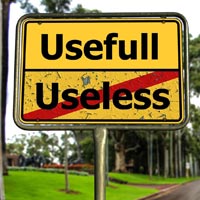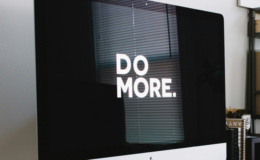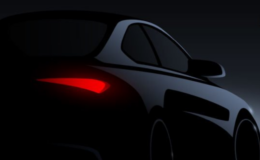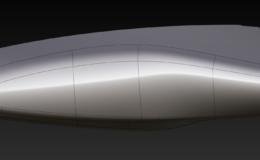Why Concept Drawings Do Not Manufacture Well?
It is an unfortunate reality that the coolest product concepts are really not designed to be manufactured. There are a couple of reasons for this.
- Triumph of Form over Content;
- Disregarded Engineering Requirements;
- Wrong Market Positioning and Timing.
Form – there may be some fancy added artistic effects that make it look less like a sketch, but in the end, that is what it is, and a sketch is not a blueprint. In the first artistic concept drawing, there tends to be exaggerated proportions and places where the sizing doesn’t quite line up. Sometimes there are even parts of the concept drawing that don’t make sense; they are just added to make the picture look better, hence misty-rendered shapes with some artistic drama for better wow-effect.
Technicality – The other thing about conceptual design is when the designer first grabs their pen or pencil and gets started; they are not limited to the realities of manufacturing. That means that the designer could ignore majority if not all of the requirements and technicalities that are essential in real life. For example, they don’t need to consider the hardpoints, sections or think if material can really be formed certain way or really exist for any reasonable price at all.
Audience – Finally, unfortunately, a lot of people have ideas and draw concept drawings for things that people don’t need. While they might see the drawing and think that it looks really cool, they don’t really have the money to invest in something so expensive with no practical use. Or, there’s a chance that they might actually need it, but the launching time and the end-user are wrongly picked.
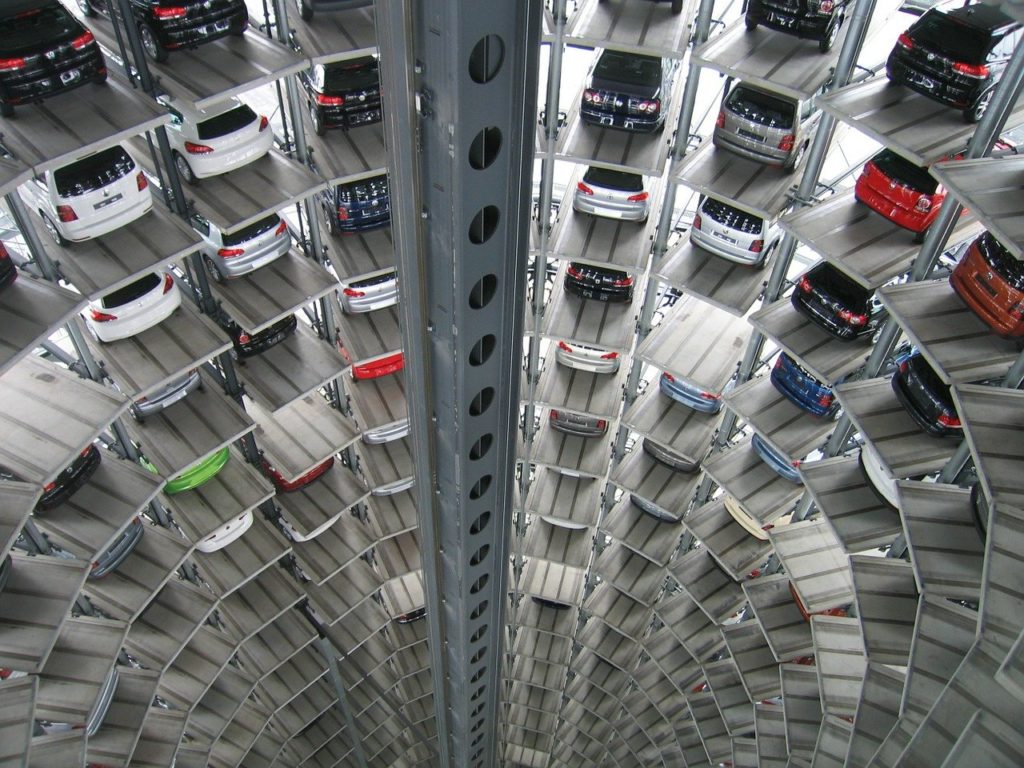
Why Best Looking Product Renderings and 3d Models Hardly Ever See Daily Light?
Creating artistic product renderings is a process in which emotions prevail, and technical design, market analysis, and testing play second fiddle. So called: Design thinking might help refine the product / user experience at the initial design stages, but there is still risk of ending up with a creation that only performs well on the creator’s bookshelf. Such designs are accomplished by a mix of creativity, design flair with very little problem-solving attitude, engineering consideration, production knowledge and market research.
Conceptual ideation is like product customization. There is a big difference between going to a mass production store to buy a mass produced piece of equipment vs. having something tailor-made. Custom made products are very specific, they are exactly the way they are supposed to be but only for indivicuals who as the only ones might appreciate their beauty. This can be due to their unique taste or preferences. Manufacturing of such products doesn’t involve mass production, board meetings, cost analysis and costs a lot. Desired looking products are just like the tailor-made goods which, when made, don’t differ from their 3D digital predecessors in virtual reality.
How are such concepts born? All of the ergonomics get disregarded. Usually the author of an unique product let his or her imagination run wild. In such cases proportions is distorted; roof of a car can be so low down that no occupants can ever fit in. Wheels end up over grown and wheel base over stretched to the point that the car resembles a bus. Then, of course, when the product goes through all of the production and revised 3D modeling suddenly the roof gets raised up, wheels get smaller, a handle, “thanks to ergonomic studies” gets different shape for better grip, expensive materials are often replaced with acrylic, and surface processing can be limited or eliminated. Triumph of form over function is sometimes visible even in everyday utensils that surprisingly make into production through many literation of prototype building but are more of a decorative object than a Swiss-Army-Knife kind of tool.
We are talking about the Juicy Salif – the legendary lemon squeezer.
Are Bespoke 3D Models Always Redundant?
It can happen intentionally or accidently by designers unawareness. It will be only half the trouble if outstanding looking conceptual products are used to challenge the feasibility of new technologies and appearance acceptance of new fashion trends. But what if products that live their lives on a piece of paper or digitally lack right proportions, technical considerations and have been made by designers who have only provided a useful gauge of public interest in new product form but not necessarily features and functions. They generated publicity for their organization when their product appears at industrial shows or in magazine photographs. The concept allows free reign to explore out-of-the-box ideas that could either revolutionize the industry or disappear into the dustbin of design history.
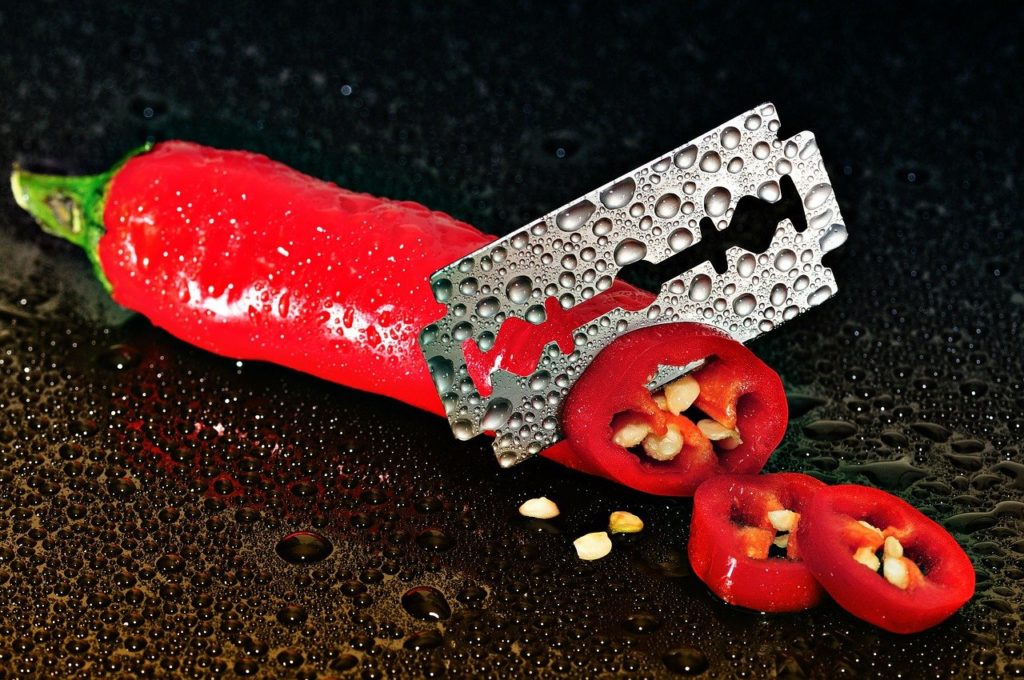
Still Can’t Get Your Product to Production? There is Light in a Tunnel for Your Legacy.
Designers have obligation to try to consider all scenarios that can influence the concept’s manufacturability. He or she would have to work together with the team or outsource to other providers and be aware of issues that engineering, marketing etc. might have. Designers with either his 3D digital models or 2D flat renderings should convince all people involved that this idea is the right direction, but also find suitable compromises, sometimes to the nearest millimeter. Maintaining an attitude of awareness of technical issues will help finalize the “ready for production” digital model where changes between concept to production are predictable and don’t affect the visual aesthetics. This happens only when engineers are involved in the project development early on.
Building or 3D modeling a concept is basically trying to envision what is going to happen in the future; how the world is going to change. But sometimes such approach might be misleading. Lurking too much ahead into the future and trying to portray what products might look like then might caught you designing something so futuristic that the audience it is designed for is simply not ready for it.
Having said that though, we all once in a while have seen something we got a little shocked about at the beginning or we didn’t like or we thought it was a little strange. And later we realized that actually it wasn’t too bad, and maybe in the end we might actually really liked that. By pushing mutual collaboration, you can create products that might needing getting used to but once accepted are very much welcome and very often even loved.

The Creation of Concept is Only One Link in The Chain of Successful Product Design.
Phase 1: Analysis
You must immerse into your market sector. You would probably have to become a consumer in order to comprehend its heart beat rate, understand trends and customer whimsical behavior. Allow for sufficiently long development schedule. Some projects will require you to stay afloat for up to 24 months.
Phase 2: Design Concept
This stage is dangerous. It can bury the cooked ideas and kill ingenious product concepts. At this stage, product styling and DNA identity fight a battle against mechanics and functionality. Moreover, materials are selected and mechanics are stated if exist. They all should form a cohesive integrity. But don’t be too prescriptive and try to promote pioneering ideas with a good design. You will need a thorough commitment, otherwise you will be in trouble when you move to phase 3. To help you move on, try to take your ideas that came out of the brainstorming and ideation phase and evaluate them more analytically. You can come up with more concepts; which can live lives of their own and each can necessitate its own Design Prototype to find the best solution. This way you will broaden your choice and and chances of success.
Phase 3: 3D Model Development Phase
If you are at this stage – congratulations. You can utilize your designers to produce concept digital models and virtual prototyping and simulation. If you are equipped with Highly Skilled Modelers your concept will swiftly take desired shape and will be developed to allow its physical properties and structures to be evaluated. Implement DFM requirements to further eliminate unwanted surprises. Stuck up your model against hardpoints and relate it to sections provided by engineers.
In addition, the CAD model will allow your client to further evaluate the design and give final approval for production. CAD allows us to collaborate globally in teams to develop products effectively. Engineers will be ready to step in and give manufacturability feedback.
Phase 4: The Physical Model
The final phase of designing a product is taking your concept and 3-d rendering and turning it into an actual physical model. The prototyping is feedback-sensitive. Negative findings create changes to the model which is then produced in a new version and re-tested. So making sure that the product reflects the Market Research and feedback collected earlier in the project will save you a lot of tribulations. The concept is no longer just an idea but something you can actually put your hands on and test throughout. The Bill of Materials or BOM which was generated beforehand can be examined for some possible optimization and cost cutting.
Conclusion
Although final models might not be of full size, onlookers can still get a close enough look to get an idea about the size, proportions, functions and probably even emotions. While they might not fully resemble the initial concept, they provide the basic DNA carry-over of their conceptual predecessors. Many of the ideas in initial concepts can become incentives for future breakthrough inventions to come.
simplicity is new black. Leave the superfluous complexity to one side and focus on the essentials. Going through this 4-phased design and production methodology ultimately leads to simplicity, an increase in the perceived value of beauty, and a high acceptance among the target group audience.
